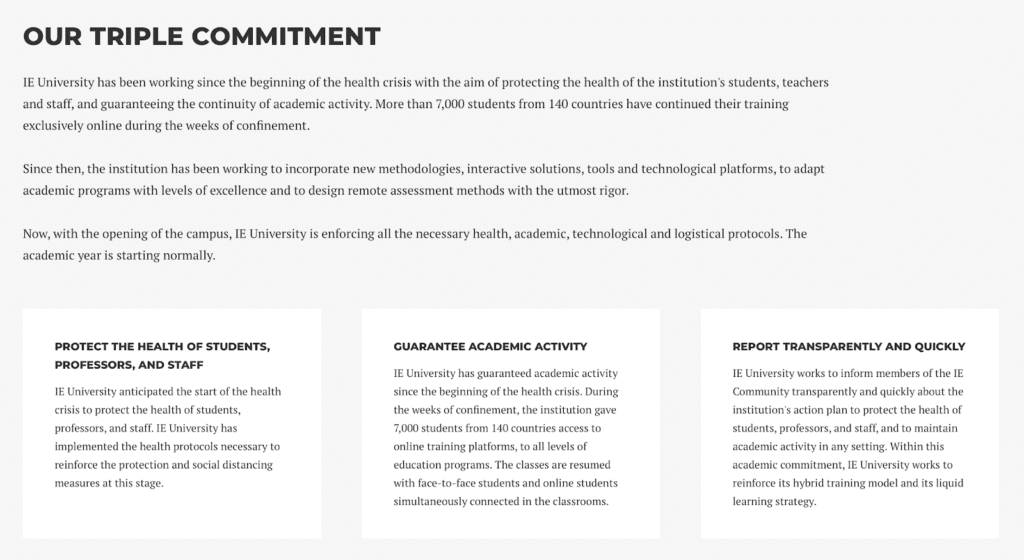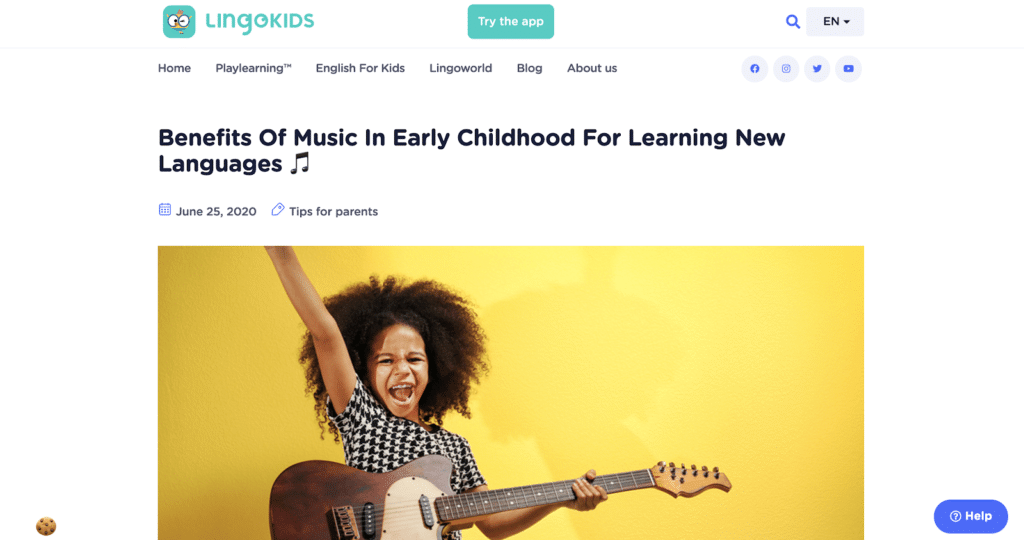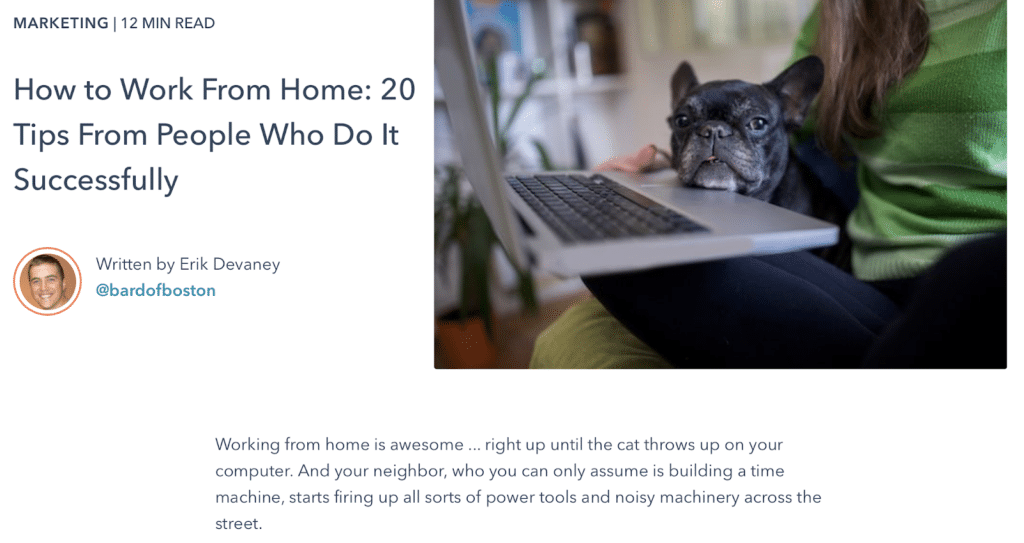From time-sensitive press releases to safety protocols for students and employees, here are the types of digital content your clients will likely need in 2021.
If you’re anything like me—a generally anxious freelance copywriter—you’ve probably asked yourself (many a time) the following questions:
- How will this year’s global crisis impact my job?
- Will content be in higher or lower demand in the months to come?
- What kind of digital content will clients want, now that the economic landscape has changed so much?
- Who will my clients even be?
Lucky for you, dear reader, I’ve done the digging to find out. Drawing on my experiences this year in the industry as well as research I’ve conducted on the topic, I’ve compiled the top four types of digital content that clients will want in 2021, plus some tips on how to nail the task.

1. Press releases & info about safety protocols
What it is
As the situation evolves—peaks and valleys of recorded COVID-19 cases, changes in local legislation, etc.—organizations need to swiftly communicate any changes in safety protocols. This can be internal, to update employees on workplace norms, or external, to let customers know about changes in their on-site operations.

Who wants it
All companies, organizations and institutions that have on-site activities. This could include shops, restaurants, offices, schools, museums and more. If their business involves real-world interactions, they’re going to need to explain their new policies.
How to nail it
Writing about the pandemic is a tricky art. Above all, strive to strike a balance between seriousness and positivity. It’s a delicate topic, so no matter the client, you’ll need to establish a sober and professional tone, while assuring the customer that the company is there for whatever they need.
2. Copy for chatbots
What it is
Many companies have had a wake-up call when it comes to customer service. Decreased budgets combined with an increase in customer queries online (as more people are shopping from home) means businesses must find a cost-efficient way to maintain quality customer service.
Wise companies at the cutting edge of content marketing have turned to integrated messaging services—think Facebook Messenger and WhatsApp—to engage in so-called “conversational commerce” with their customers. Customer service reps only take on more complex customer issues, while directing simpler requests to a chatbot.
But where does the chatbot come from? While designed by programmers and powered by AI, all bots have to start with dialogue written by humans. That’s where you come in.

Who wants it
Any company that wants to streamline customer service and respond to the explosion of online activity in an efficient way. This could include anything from ecommerce and food delivery apps to online publications and health insurance. The options are endless!
Read more about how big-name brands are using chatbots.
How to nail it
We’ve all had chatbot experiences that left much to be desired. What were those experiences like? Perhaps the dialogue was cold, awkwardly written or difficult to understand. Or maybe it just didn’t sound anything like a real person (which defeats the purpose).
To come up with approachable content that customers want to engage with, first make sure you truly understand the company’s voice and tone. The goal is to make people feel like they’re talking not just to a human representative, but someone from the specific company in question.
3. Useful evergreen content
What it is
Since we’re all spending more time online than ever, companies and institutions have realized the profound power of high-quality content marketing. But investing in brand new content every couple of weeks or months gets expensive. And as tempting as it may be to focus solely on current events as they unfold, this kind of content won’t be relevant forever.
As a result, there’s a growing trend in the field to make online content as “evergreen” as possible—meaning that it won’t become outdated quickly.

Who wants it
Organizations that want to establish themselves as experts in a certain field, while providing value to their customers and clients. That may sound broad, and it is; almost every brand can benefit from quality evergreen content that appeals to its audience.
How to nail it
As you create engaging content, ask yourself: “What kind of content are people always going to want to read?” Focus on developing E-books, articles, advertorials, videos and other types of online content that will age well.
The key is to choose topics that won’t go out of style or become irrelevant too soon, and to do your best to keep the information timeless. You can save the content with expiration dates for press releases and journalistic texts.
4. Insights into working & studying remotely
What it is
As us freelancers know all too well, remote work presents its own unique challenges, and there’s a newfound demand for content that addresses them. Working from home is no longer the domain of a lucky few. As the pandemic continues, more and more companies and learning institutions are embracing a future in which remote work and study is the norm. This trend transcends regions and industries, making it relevant to a huge segment of any audience.
The result is a growing demand for articles, landing pages, blog posts, emails and other types of digital content about working or studying online.

Who wants it
In particular, tech companies that offer remote-work tools; edtech companies; educational institutions and universities that have moved classes fully online or to a blended format; and companies whose employees are working remotely (either part-time or full-time). But this type of content will continue to be demanded across all industries in 2021—and beyond.
How to nail it
One growing trend in content marketing is to create “mother articles”—overarching texts about a given topic (in this case, remote work)—and then create sub-topic articles (how to improve your concentration when working from home, tips for minimizing stress, etc.).
This facilitates link-building, improves SEO and keeps readers engaged for longer. If your client isn’t already in the know about this “content tree” strategy, suggest that they try it out. It’ll be a win-win for both of you.
Want to see another example? Take a look at our article on 15 expert tips for making remote-work life more enjoyable and effective.
Prepare for a future in which content reigns supreme
We’ll surely gain more insights in the months to come, but I’m betting that these types of content will be hot while the pandemic continues to turn the world on its head—and even afterward. The need for everything to be remote and digital won’t go away anytime soon. Content marketing will keep growing while businesses fight to remain visible online.
What’s more, if this pandemic has taught companies anything, it’s the importance of digital content to keep customers engaged, communicate effectively, and stay relevant in a globalized market. Never before has the need for high-quality content been so clear.
So stay positive, stay safe, and keep writing awesome content!

